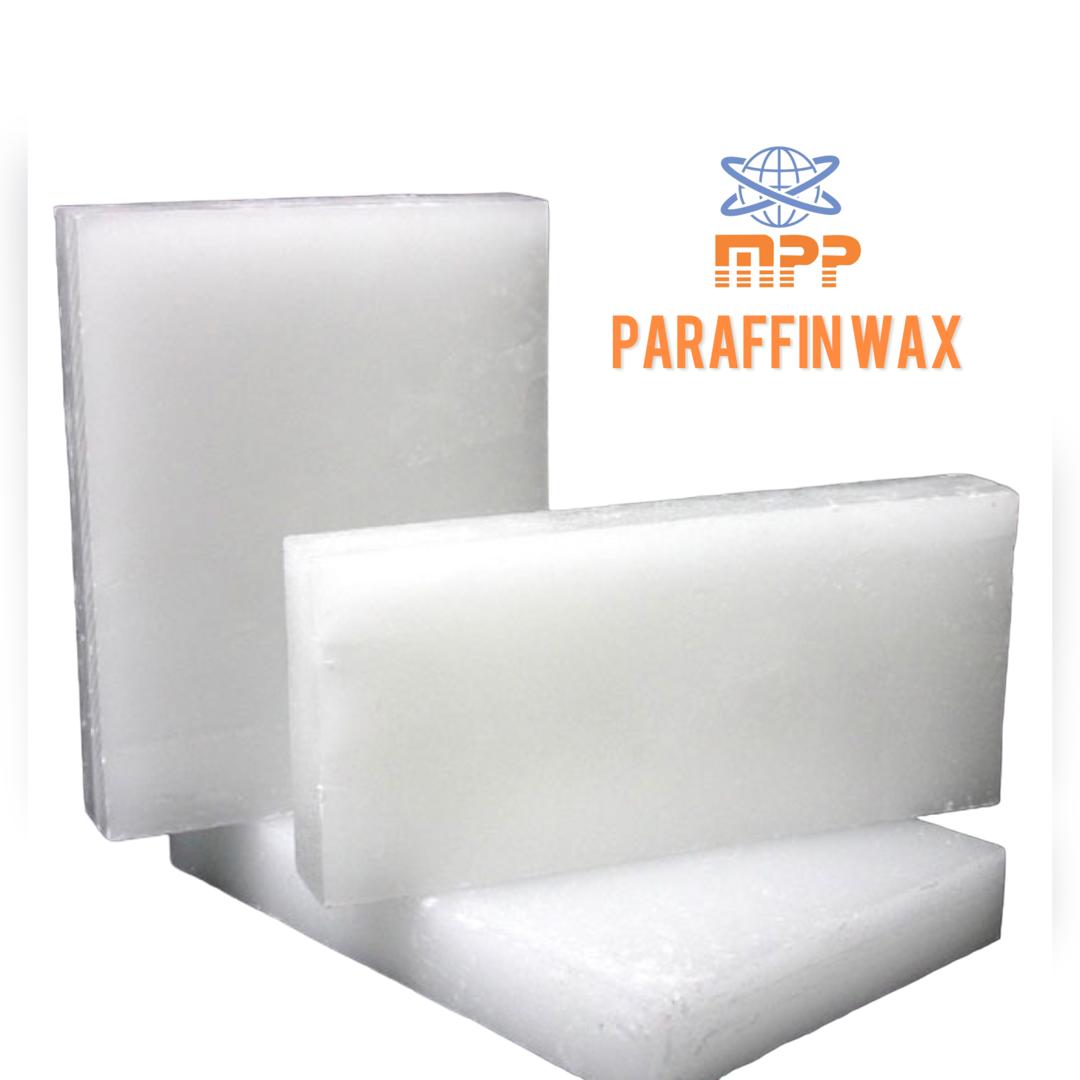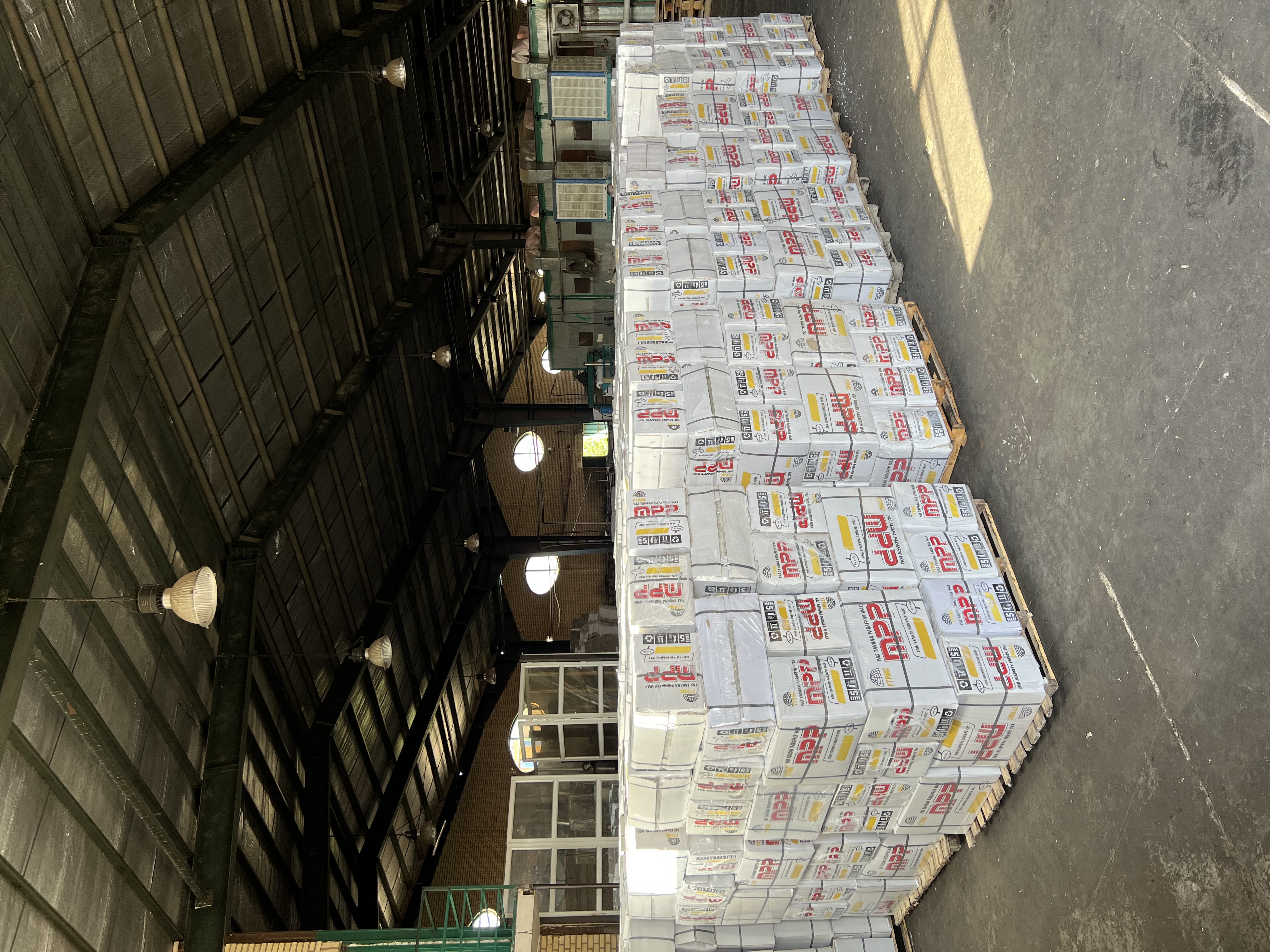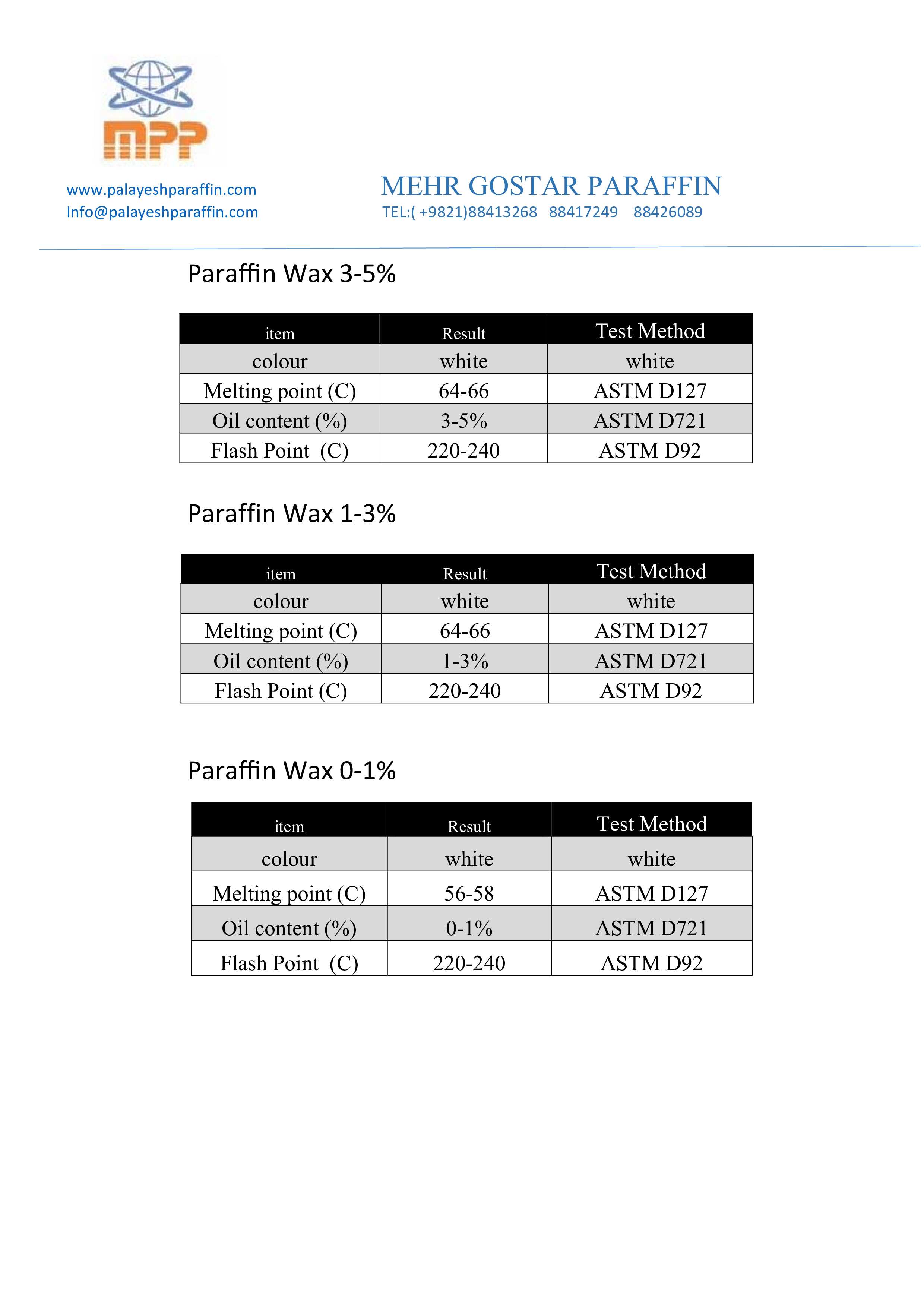
what is paraffin wax?
.Paraffin wax is a white or colorless solid wax that is derived from petroleum or other fossil fuels. It is a mixture of long-chain hydrocarbons, with carbon chains typically ranging from 20 to 40 carbon atoms.
.Paraffin wax is a commonly used material in a wide range of industries and applications, including candles, cosmetics, pharmaceuticals, food packaging, and industrial coatings. It is valued for its ability to provide a smooth, even coating and its ability to blend well with other materials.
In its raw form, paraffin wax is typically brittle and has a melting point between 45 and 70 degrees Celsius. It can be refined and processed to improve its color, odor, and other properties.
.
Paraffin wax is generally considered safe for use in consumer products, but it is important to use it in a well-ventilated area and avoid prolonged exposure to the fumes. Additionally, it is important to follow all safety guidelines and instructions when using paraffin wax.
Quality of Paraffin wax
The quality of paraffin wax can vary depending on its source and processing methods. Here are some factors that can affect the quality of paraffin wax:
Melting point: The melting point of paraffin wax can affect its performance in different applications. Higher melting point wax is typically preferred for candles, while lower melting point wax may be suitable for other applications such as coatings and polishes.
Color: The color of paraffin wax can range from white to pale yellow. Lighter-colored wax is generally considered to be of higher quality and is preferred for use in candles and other applications where appearance is important.
Purity: Paraffin wax should be free of impurities, such as dirt, water, and other contaminants. Impurities can affect the performance of the wax in different applications and can also impact the appearance of the final product.
Odor: High-quality paraffin wax should be odorless or have a very faint odor. Strong odors can indicate the presence of impurities or other additives, which can affect the performance of the wax.
Consistency: Paraffin wax should have a consistent texture and should not contain any lumps or other irregularities. Consistency can affect the performance of the wax in different applications, and lumps or irregularities can indicate the presence of impurities or other issues with the processing of the wax.
History of Paraffin wax
Paraffin wax has a long and interesting history. Here's a brief overview:
Early uses: The use of paraffin wax can be traced back to the early 19th century, when it was used primarily as a fuel for lamps and stoves. At this time, paraffin wax was made from coal, and it was not yet widely available.
Development of petroleum industry: The development of the petroleum industry in the late 19th and early 20th centuries led to the widespread availability of paraffin wax. Petroleum-based paraffin wax quickly replaced coal-based wax, and it became widely used in a variety of applications, including candles, cosmetics, and packaging.
Growth of candle industry: In the late 19th and early 20th centuries, the candle industry experienced significant growth, and paraffin wax played a key role in this expansion. Paraffin wax was favored for candle making because it was odorless, easy to work with, and could be molded into a variety of shapes.
World War II: During World War II, paraffin wax was used extensively for military purposes, such as making waterproof clothing, preserving food, and protecting equipment.
Modern uses: Today, paraffin wax is still used in a variety of applications, including candles, cosmetics, packaging, and industrial processes. It has also been used in medical treatments, such as paraffin wax baths for relieving joint pain.
In summary, paraffin wax has a rich history that spans over two centuries. Its availability and versatility have made it a popular material for a wide range of applications, and it continues to be used today in many different industries.
Usages of Paraffin wax
Paraffin wax is a type of petroleum wax that has a wide range of uses, including:
Candle-making: Paraffin wax is commonly used in the production of candles due to its ability to hold fragrance and color, and its low melting point.
Cosmetics: Paraffin wax is often used in the production of cosmetics such as lotions, balms, and lipsticks. It is used as an emollient to soften and smooth the skin.
Food: Paraffin wax is used in food processing as a coating for fruits and vegetables to help preserve freshness and prolong shelf life.
Industrial: Paraffin wax is used in a variety of industrial applications, such as lubricants, inks, and coatings.
Medical: Paraffin wax is commonly used in physical therapy to provide heat therapy for arthritis and other joint conditions. It is also used in the production of medical products such as ointments and creams.
Textiles: Paraffin wax is used in the production of textiles to provide water and stain resistance.
Arts and Crafts: Paraffin wax is used in the production of crayons, modeling clay, and other art supplies. It can also be used as a sealant for paintings and sculptures.
Packing of Paraffin wax
Paraffin wax is typically packed and sold in the form of blocks, slabs, or pellets. The packaging of paraffin wax can vary depending on the intended use, but the most common types of packaging include:
Bags: Paraffin wax pellets are often packed in bags made of paper, plastic, or polypropylene. These bags can vary in size, depending on the quantity of wax needed.
Cartons: Paraffin wax blocks or slabs can be packed in cartons made of cardboard, paperboard, or corrugated board. These cartons may have a plastic liner to protect the wax from moisture.
Drums: For industrial applications, paraffin wax may be packed in drums made of steel, plastic, or fiber. These drums typically hold larger quantities of wax and may be used for transportation and storage.
Pails: Paraffin wax may also be packed in pails made of plastic or metal. These pails are typically used for smaller quantities of wax and may be used for both industrial and consumer applications.

